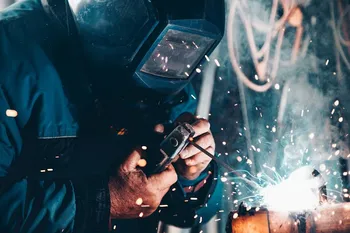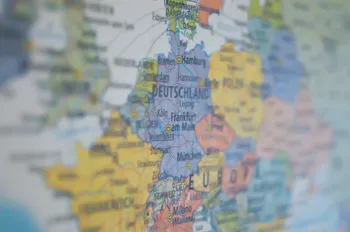Anion Exchange Membrane-water electrolyser (AEMEL) is a promising technology as it has the advantage of reducing hydrogen production costs and fulfilling the requirements of limited resources. In comparison to low-temperature Proton Exchange Membrane Water Electrolysis (PEMEL) there is no need for electrocatalysts comprising platinum-group elements. AEMEL are typically fed with alkaline water, limiting the selection of materials for the various components; however, the production of stable materials, the development of polyfluoroalkyl substances (PFAS)-free membranes and suitable electrocatalysts can be ramped up more easily to satisfy demand than for PEMEL electrocatalysts-materials.
Currently, Europe is leading research and development for AEMELs. As such, it is of crucial importance to maintain this lead and develop new AEMEL stacks enabling the production of pressurised hydrogen. It can be expected to produce hydrogen at 50 bar with future AEMEL stacks at an overall input current density of >1.5 A/cm2, with reduced alkaline concentration of <1 mol/L and 0 mg/W of critical raw materials as catalysts as stated in the targets for 2030 in the SRIA of the Clean Hydrogen Partnership. The electricity consumption should not exceed 48 kWh/kg(H2) by 2030 while the capital costs should be as low as 300 EUR/kW and 600 EUR/(kg/d) by
...


